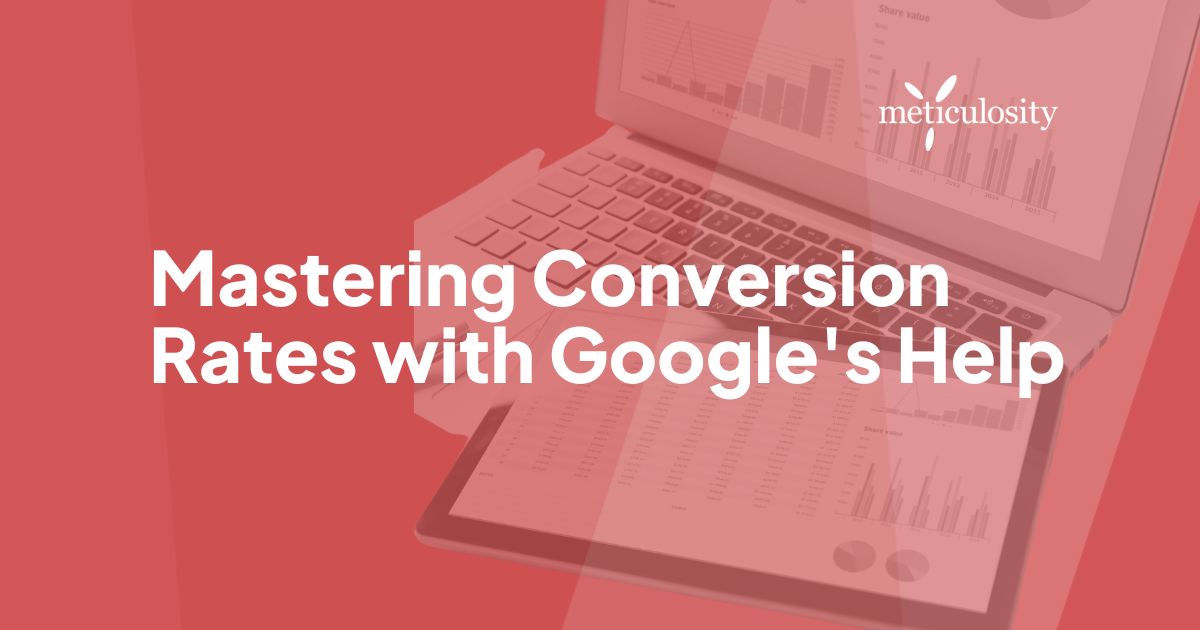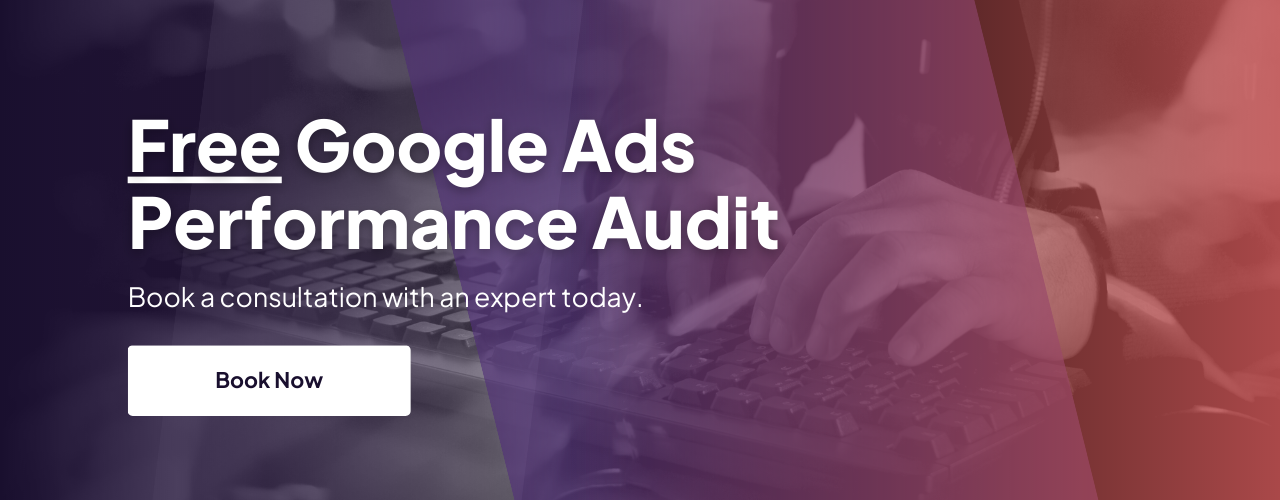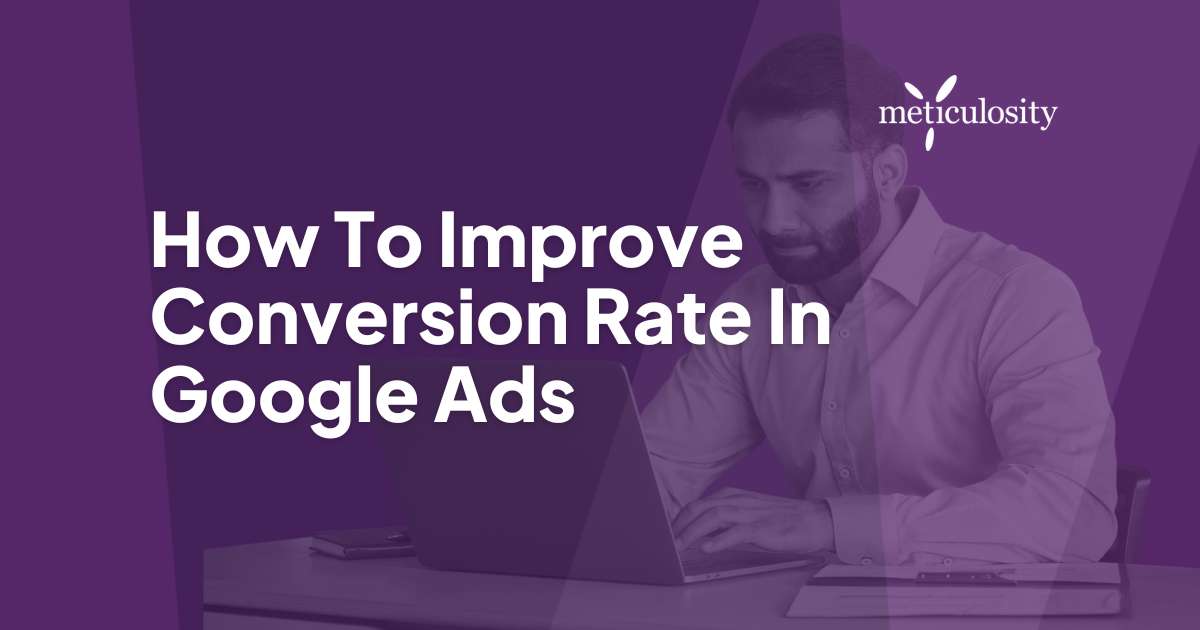To enhance user experience while reducing friction, create a value proposition that appeals to your target audience's pain points. Implement social proof through testimonials or case studies to persuade users toward the purchase decision. Lastly, ensure an easy-to-use navigation layout and add pop-ups or messaging for urgency; these tactics can significantly impact your conversion funnel.
A/B testing is one of the best practices to optimize your site by comparing various versions of a page to see which one performs better. By continuously monitoring and analyzing your website's metrics like bounce rate or click-through rate, you can identify pain points in the user journey and improve it for higher conversions.
Common Distractions on Websites
Users may abandon a website due to various distractions. Pop-ups, slow loading speeds, complicated navigation, and non-responsive design are some of the factors that could result in a poor user experience.
Low-quality or irrelevant content might discourage potential customers from staying longer on the website. Avoid these distractions by optimizing your layout, adding social proof such as testimonials and case studies, providing clear value propositions tailored to your target audience, offering live chat assistance for inquiries, ensuring easy-to-use navigation, and using good call-to-action messaging or CTAs throughout the conversion funnel.
Reducing Friction to Increase Conversions
To increase website conversion rates significantly, one must reduce friction on landing pages. This can be achieved by optimizing website design and layout to make them user-friendly and using concise language throughout the entire conversion funnel to minimize confusion.
.png?width=497&height=417&name=Website%20(1).png)
It's also vital to ensure that your site loads quickly and is accessible across multiple devices as potential customers use various devices before making a purchase decision. You can test different versions of your conversion process using A/B testing tools to boost conversions further.
Using Testimonials for Social Proof
Marketers who want to boost their website's conversion rate should consider using social proof as an effective tool. Testimonials play a critical role in building trust with potential customers and increasing the conversion rate of your website. By incorporating testimonials from satisfied customers on your landing page or checkout page, you can show potential customers that your product or service meets their pain points.
Encourage customers to leave reviews and provide case studies of their success stories. This strategy can help increase the average conversion rate of your ecommerce store or blog post by creating urgency through messaging. Utilizing different types of testimonials such as video or audio can further increase the impact on potential customers.
The Importance of Call-to-Action (CTA)
Having a great call-to-action (CTA) is a critical part of any successful website conversion optimization strategy. Targeting potential customers with an optimized landing page can help ensure higher conversion rates and good click-through rates (CTR).
Effective CTAs create a sense of urgency to encourage users to take the first step toward converting. By using tools such as heatmaps or conducting A/B tests, marketers can learn more about their target audience's pain points and optimize their CTA accordingly. Furthermore, by utilizing social proof such as testimonials or case studies, marketers can build trust with potential customers and improve their website's overall user experience (UX).
Using Remarketing to Boost Conversions
Remarketing campaigns play a crucial role in optimizing website conversion rates. By leveraging Google Ads and Analytics, marketers can create customized campaigns that target users who have already interacted with the website or brand.
Experimenting with different ad formats like display ads or dynamic ads and using frequency capping to avoid overwhelming users with too many ads can lead to higher conversion rates. Incorporating these best practices into your remarketing campaigns can help increase your click-through rate (CTR) and reduce your bounce rate.
Analyzing Website Traffic with Google Analytics
Google Analytics offers valuable information regarding website traffic and user behavior, which are critical for optimizing your website's conversion rate. It is essential to analyze this data to identify areas for improvement and measure campaign success by setting up conversion tracking in Google Analytics.
.png?width=503&height=422&name=google%20analytics%20(1).png)
Gain insights into the demographics and interests of your audience using the "Audience" section in Google Analytics. By doing so, you can make informed decisions about your value proposition, landing page layout, and call-to-action (CTA) messaging while reducing friction points that hinder conversions. With effective strategies such as heatmaps, A/B testing, case studies, and remarketing campaigns utilizing queries from Google Ads, marketers can create urgency with potential customers through action-oriented language that drives higher click-through rates and ultimately achieves a better conversion rate optimization (CRO).
Tools for Website Conversion Rate Optimization
To maximize your website's potential customer base and revenue target audience using good Conversion Rate Optimization (CRO) practices is critical. One way to achieve this is by utilizing various tools available such as Google Analytics which provides valuable metrics like bounce rate and average conversion rate.
Another useful tool is Google Optimize which enables A/B testing of landing pages for a better user experience. In addition to these tools, social proof such as testimonials plays a critical role in convincing potential customers to take the first step. Finally, incorporating urgency or offering a money-back guarantee via a pop-up or newsletter can lead to higher conversion rates
1. Live Chat Assistance for Customers
Providing live chat assistance on your website is a critical part of your conversion rate optimization (CRO) strategy. Live chat creates an opportunity for customer engagement which has been shown to increase conversions by up to 45%. Offering immediate support through live chat eliminates friction in the customer journey and ensures that queries are answered quickly.
Not only does this improve the user experience and metrics like click-through rate and average conversion rate but it also increases the chances of potential customers making purchases on your website. Live chats provide deep insights into customer pain points leading marketers to test different landing page layouts with A/B testing or heatmaps.
2. Delivering the Right Value Proposition
Delivering the right value proposition is critical for optimizing website conversion rates. To achieve this, make sure that your unique benefit is clear and compelling for your target audience. Utilize Google Analytics to track user behavior on your website and identify pain points in the customer journey.
Conduct A/B testing experiments to refine your value proposition further and identify what resonates best with potential customers. By continuously refining your value proposition based on metric analysis such as click-through rates and average conversion rates, you can achieve a higher conversion rate optimization (CRO).
3. Compelling Headlines
The headline is a critical aspect of website conversion optimization. It must be concise and attention-grabbing while being highly relevant to the landing page's content. To create compelling headlines, you should focus on understanding your target audience's pain points and use emotional triggers like urgency or curiosity.
You can conduct A/B tests to find out which headlines work best for your target audience. Remember that a good conversion rate depends heavily on a strong value proposition, an optimized layout, and user experience.
4. Strengthening your CTA
Your website's conversion rate can be improved by strengthening your Call-to-Action (CTA). Good CTA messaging should be crisp and clear. A prominently-placed CTA will create urgency and encourage users to act immediately.
Using action words like 'sign up today' or 'buy now' will help shape a compelling CTA. By experimenting with color schemes, and button shapes/sizes, you can find an approach that works perfectly for your landing page.
5. Easy-to-Use Navigation
Your website's navigation plays a critical role in creating an excellent user experience, reducing distractions, and increasing conversions. Clear labels, well-organized menus, and mobile-friendliness are all vital components of easy-to-use navigation that help potential customers explore your site with ease.
By minimizing pain points and optimizing the customer journey towards checkout or a newsletter sign-up, you create a positive impression of your brand. Regularly reviewing metrics like bounce rate and click-through rate allows you to experiment with best practices such as A/B testing or heatmaps for maximum effect.
6. Improving Website Visuals
Quality website visuals can improve user experience and boost conversion rates by catching the attention of potential customers. High-quality images, videos, and infographics that complement the content will engage website visitors while reducing the bounce rate.
Using contrasting colors and clear CTAs can guide them through the conversion funnel toward checkout or subscribing to a newsletter. Regularly updating visuals will keep the layout fresh for returning visitors while enticing new ones with social proof like case studies or money-back guarantees.
7. Improve Conversion with Chatbots
Integrating chatbots into a website is effortless with the Dialogflow platform by Google. Chatbots are an excellent way to engage potential customers in real-time to reduce bounce rates and improve the user experience.
Providing social proof using case studies or testimonials and optimizing the landing page layout is crucial for good conversion optimization. Marketers must create compelling value propositions and CTA buttons for higher conversion rates while tracking their metrics using analytics tools such as Google Analytics, heatmaps, or click-through rates to identify critical areas of improvement within the conversion funnel. Chatbots play a critical role in improving website conversion rates.
8. Adding Social Proof to Your Site
Positive feedback from satisfied customers is a critical element in optimizing website conversion rates. Social proof is a potent tool that builds trust by showcasing customer reviews, testimonials, and social media mentions. A well-designed landing page that incorporates carefully curated social proof such as case studies or pain points can lead to higher conversion rates.
Marketers can use email campaigns or pop-up windows with money-back guarantees or free trials to entice potential customers further. Incorporating best practices such as good value propositions and easy-to-use navigation throughout the website journey enhances the user experience resulting in a higher click-through rate.
9. Localizing or Personalizing Content
To increase the conversion rate of your website, it is essential to make the content more relevant and relatable to potential customers. One way to achieve this is by localizing or personalizing the content based on user behavior and interests. Tools like Google Analytics and Optimize are critical in providing insights into the target audience's preferences and enabling tailored content creation.
Besides personalized ads, other practices such as localized landing pages and newsletters can also enhance the user experience leading to higher conversions. Testing multiple approaches can help determine the best practice for achieving a good conversion rate.
10. Optimizing Website Loading Time
To ensure the website loading time is optimized, it's important to consider several aspects such as image optimization by compressing them and reducing their size and resolution. In addition to this, caching data in the browser and minimizing code are other best practices for faster loading times.
Using a content delivery network (CDN) can help reduce server response time by distributing the load across multiple servers. By implementing these techniques for optimizing website loading time, you can enhance the user experience on your site and potentially increase conversions.
11. Making your Website Mobile Responsive
To maximize website conversion rates on Google, optimizing the mobile responsiveness of your website is crucial. Having a mobile-friendly site improves user experience and increases engagement, leading to higher conversions.
Tools like Google's Mobile-Friendly Test can help ensure that your website is responsive while using responsive design elements like easy-to-read text and clear navigation can further enhance the user experience and ultimately lead to higher conversions. By prioritizing mobile responsiveness in your overall conversion rate optimization strategy, you can effectively reach potential customers across devices.
12. Adding Pop-Ups to Increase Conversion
Popups play a critical role in optimizing website conversion rates. By following best practices like using exit-intent pop-ups and offering a value proposition like a discount code or free download in exchange for an email address, you can significantly improve your conversion rate optimization (CRO).
Testing different designs ensures that you target the pain points of potential customers effectively. Bots and automation are also great ways to offer assistance through live chat or deliver personalized messages based on the customer journey. Start implementing these tips today to see higher conversion rates!
13. Tracking Website Performance with SEO
To take your website's conversion rates to the next level, it is essential to track its SEO metrics closely. Utilizing tools like Google Analytics and Search Console enables you to gain insights into user behavior patterns such as traffic sources and keyword performance while consistently monitoring them over time.
Other invaluable resources include Ahrefs, SEMrush, and Moz for in-depth competitor research analysis or investigating backlinks. Better yet? Conversion rate optimization is a best practice for any marketer aiming to boost their eCommerce store's average conversion rate or value proposition to reach their target audience better.
14. Incremental Testing for CRO
Incremental testing plays a critical role in optimizing website conversion rates. To conduct incremental testing effectively, marketers must make small changes to their landing pages and closely track metrics such as click-through rate, bounce rate, and average conversion rate.
By using tools like Google Analytics, heatmap analysis, and A/B testing, you can identify potential customer pain points and improve the user experience accordingly. Additionally, incorporating social proof elements like testimonials or case studies can help build trust with visitors and increase conversions. By following best practices for website layout, navigation, and font selection, and utilizing tools like pop-ups or live chat assistance, you can boost your website's chances of achieving higher conversion rates and generating more revenue.
Assessing Results, Finding New Opportunities, and Revising Strategy
Regularly assessing the conversion rate of your website is critical to optimizing its performance. With Google Analytics, you can track metrics like click-through rates, website traffic and queries, and average conversion rates. By A/B testing different value propositions, layouts, CTAs, messaging, or social proof through case studies and testimonials, marketers can find low-hanging fruits for optimization.
Heatmapping tools such as Hotjar or CrazyEgg will give insight into visitor behavior patterns and pain points such as distractions or friction elements on landing pages. Additionally, using chatbots for live chat assistance on potential customer journeys or email marketing automation with personalized messaging would enhance CRO efforts while maintaining a good user experience for target audiences.
Conclusion
In conclusion, mastering conversion rates takes time, effort, and a lot of testing. Fortunately, Google offers a range of tools to help you optimize your website for conversions and track your progress. From reducing friction on your site to using social proof and compelling CTAs, there are many tactics you can use to increase your website's conversion rates.
Remember to regularly analyze your website traffic with Google Analytics and incrementally test new strategies. By staying on top of the latest trends in CRO and continuously improving your website, you can achieve higher conversion rates and drive more business success. Ready to start optimizing? Reach out to our experts.




.png?width=497&height=417&name=Website%20(1).png)
.png?width=503&height=422&name=google%20analytics%20(1).png)




